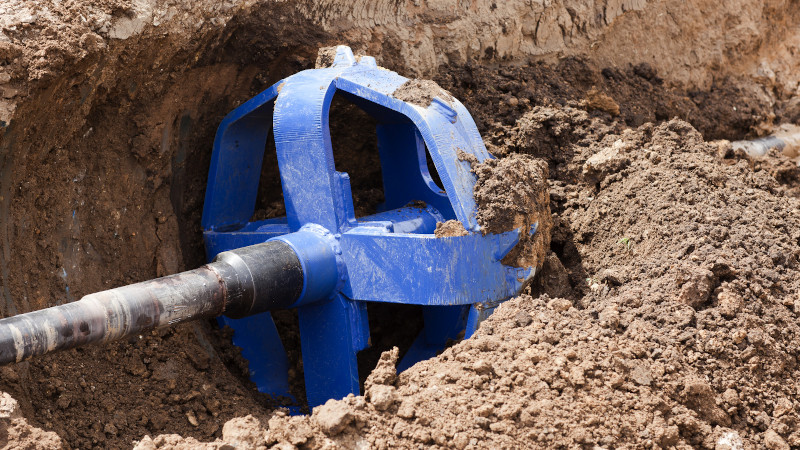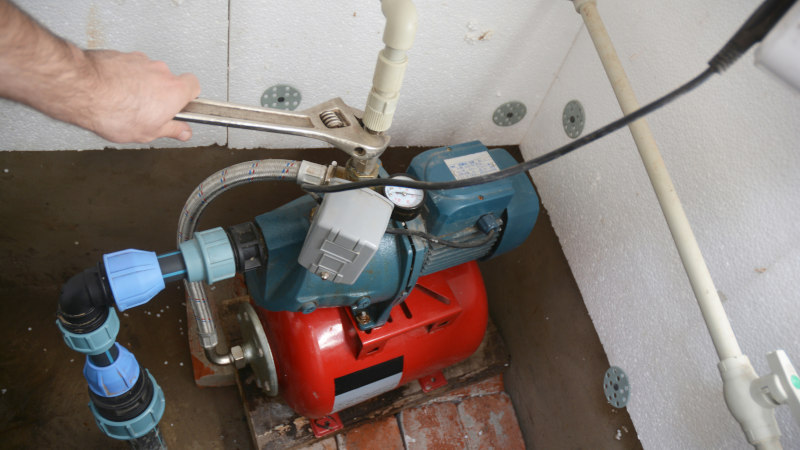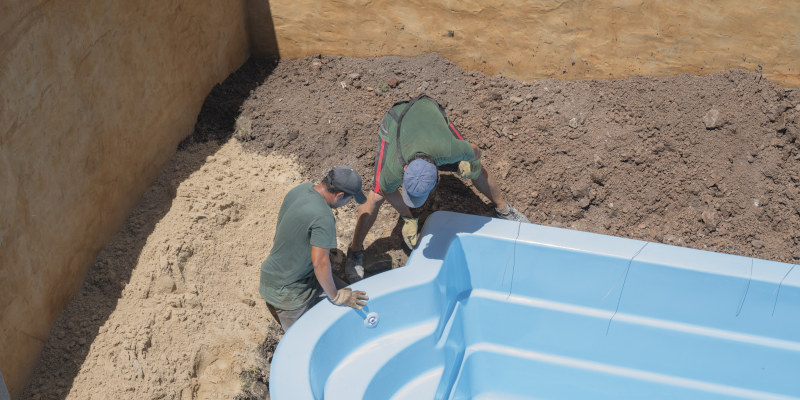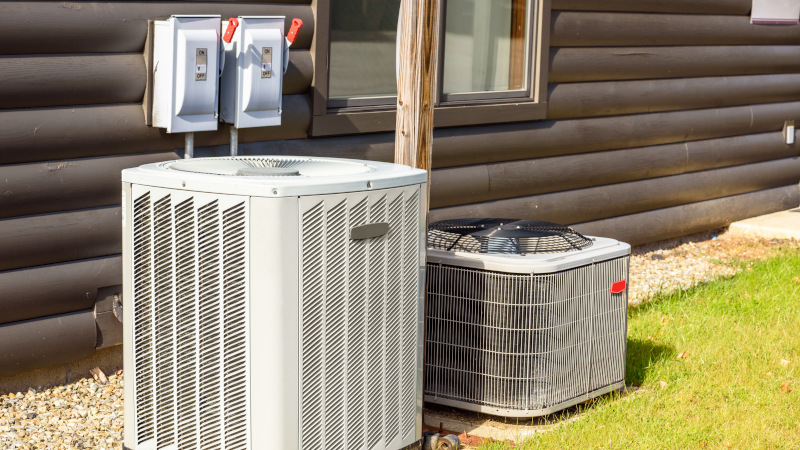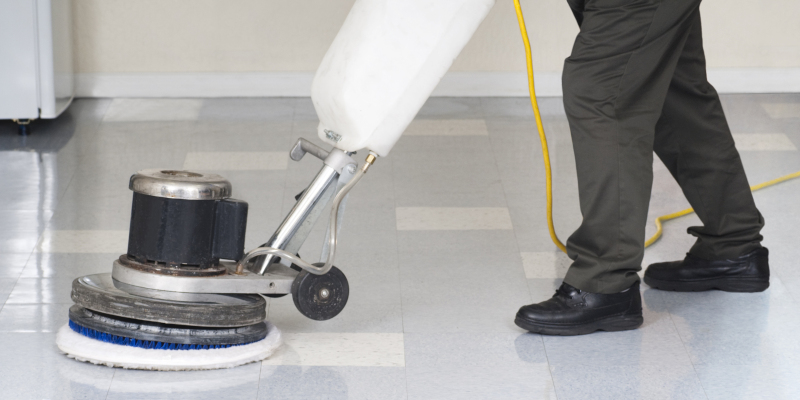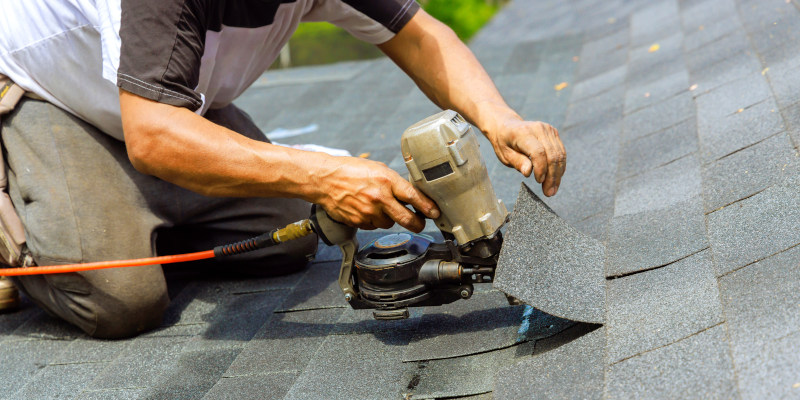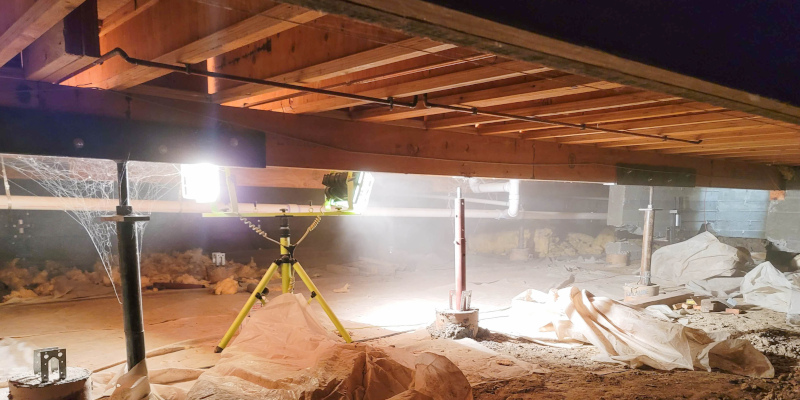Directional boring, sometimes also known as horizontal boring or directional drilling, is a method of installing underground piping and cables without digging a trench. Since no excavation is needed, this is a great solution when minimal disturbance to the surrounding areas is necessary or preferred. The drill is operated remotely and a transmitter allows the operator to track and adjust the path along which the drill travels.
Directional boring works in three phases. First, a small pilot hole will be drilled to create the bore path where the pipe or cable will eventually be installed. In the second phase, this hole is expanded to the required diameter by using a larger drill bit. Once the hole is drilled to the desired size, the pipeline or cables are pulled through the hole at the entry point until they reach the exit hole.
There are many scenarios in which directional boring is an ideal construction method. If you are a homeowner who is switching from a well to city water, directional boring will allow you to connect to city services without digging up most of your yard. This may be more of a necessary choice if your utilities are located in the middle of your home, where minimal invasive digging is particularly important. In construction, directional boring means that workers can install pipelines under bridges and roads without needing to dig up and replace concrete. This makes construction projects much easier and faster to complete.
From residential to commercial projects, directional boring is an excellent solution to dig trenches in a minimally invasive way. It will save time and money by minimizing the amount of work required to install underground pipes, cables, and conduits.

